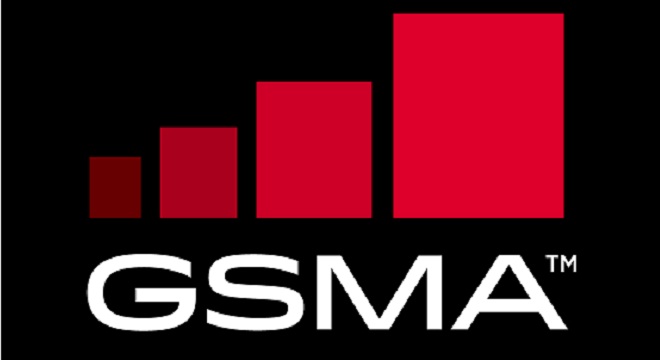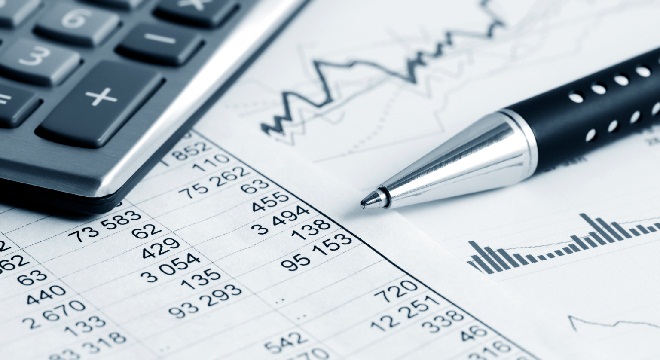Tunisie-Tribune – GSMA Intelligence published its third annual ‘Global Mobile Trends’ report today, providing a wealth of data and insight on the direction of the global communications industry over the coming years. This flagship research offering outlines the key ‘megatrends’ that will shape the industry in the period out to 2025. This new edition features in-depth analysis on the latest mobile internet trends; the evolution of mobile network technology into the 5G era; Internet of Things (IoT) revenue opportunities; and the rapidly changing market for the delivery of media and content. It also provides an overview of the current mobile industry financial situation and includes the latest data points for every region worldwide.
“The latest edition of Global Mobile Trends provides a comprehensive deep dive into the key themes and issues shaping our industry today, and is required reading for anyone involved in the mobile ecosystem that wants to understand where we are headed next,” commented Peter Jarich, Head of GSMA Intelligence.
Key takeaways from the new report include:
- The next generation of internet users will be mobile only. By 2025, 3.7 billion people – 72 per cent of the global internet base – will be accessing the internet exclusively via mobile. Around half of new users coming online over this period will come from just five markets: China, India, Indonesia, Nigeria and Pakistan.
- 5G is here – in a few markets at least. 5G will account for about 15 per cent of global mobile connections by 2025, but will be driven by only a handful of markets: China, Japan, Korea and the US. Europe could be a 5G leader too, but only if spectrum availability and fragmentation issues are resolved.
- The 5G/IoT opportunity is shifting to the enterprise. 5G and IoT will open up new opportunities in a range of enterprise sectors, and an additional 10 billion industrial IoT connections will be made between now and 2025. This will also drive a shift to decentralised and edge computing, which will bring telcos and cloud players (particularly Amazon and Microsoft) into a mix of competition and partnership in servicing the vast range of enterprise sectors, overhauling operations with advanced connectivity and analytics.
- Connectivity will be commoditised in the IoT era. Providing connectivity will account for only around 5 per cent of the global IoT revenue opportunity by 2025 ($51 billion). The vast majority of growth will come from the applications, platforms and services layer, which will account for more than two-thirds of IoT revenue ($754 billion).
- Content is king – but expensive. Netflix spent $6.3 billion on original programming in 2017, not far behind Time Warner ($8 billion), Fox ($8 billion) and Disney ($7.8 billion). The company remains the largest driver behind the rise of streaming, which continues to eat into time on traditional TV. For most operators, this trend means that partnering or licencing content is a more realistic prospect than acquiring or creating content in an expensive marketplace.
- Volume growth is clearer than revenue growth. An additional 16 billion IoT connections (industrial and consumer) will be added by 2025, alongside ongoing 4G and 5G connections growth. However, until fresh revenue streams are unlocked in these new areas, the revenue outlook for operators is modest. Global mobile revenues topped $1 trillion in 2017, but revenue growth is likely to stay at around 1 per cent a year in the period out to 2025.
About the GSMA
The GSMA represents the interests of mobile operators worldwide, uniting more than 750 operators with over 350 companies in the broader mobile ecosystem, including handset and device makers, software companies, equipment providers and internet companies, as well as organisations in adjacent industry sectors. The GSMA also produces industry-leading events such as Mobile World Congress, Mobile World Congress Shanghai, Mobile World Congress Americas and the Mobile 360 Series of conferences.
For more information, please visit the GSMA corporate website at www.gsma.com. Follow the GSMA on Twitter: @GSMA.



















































